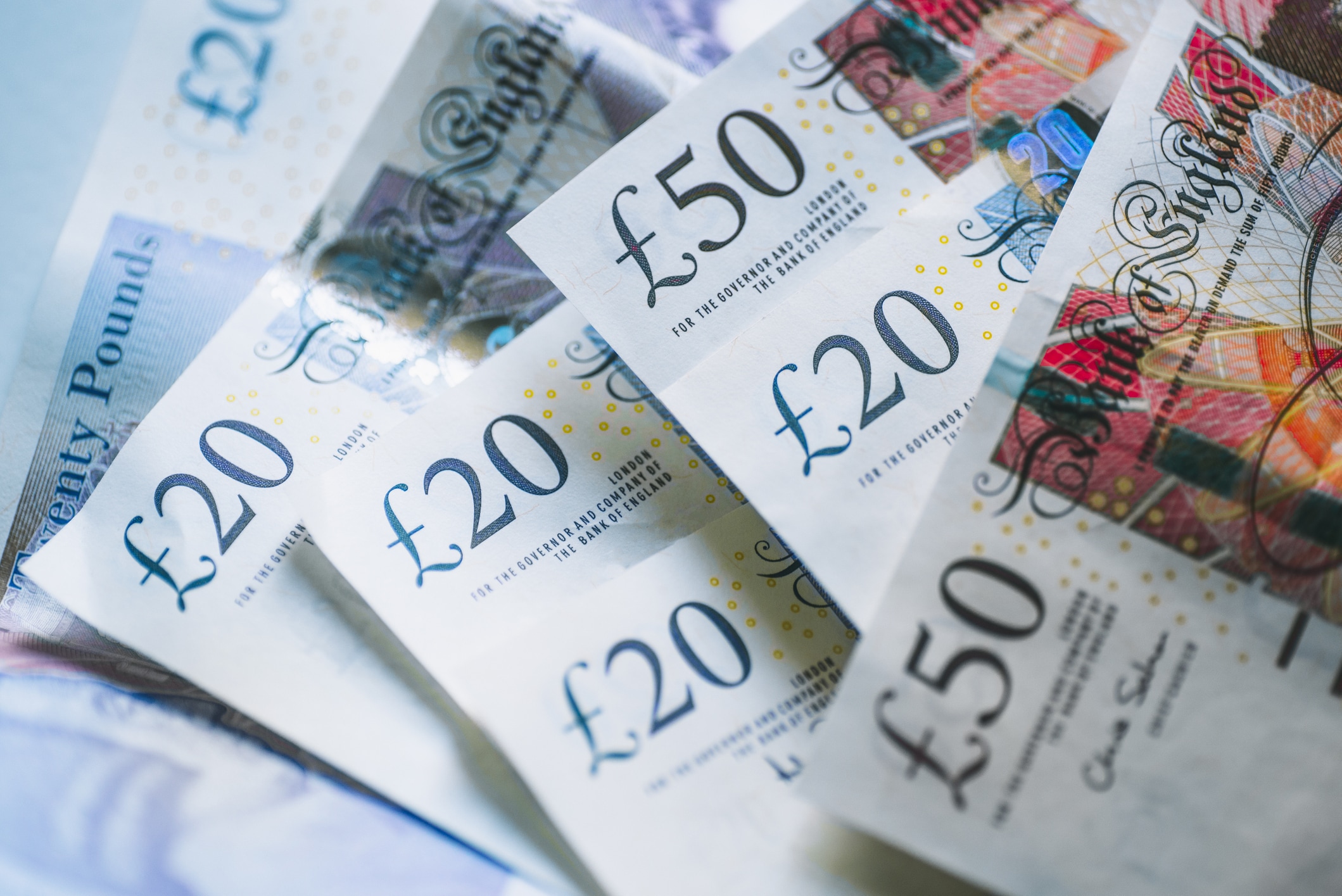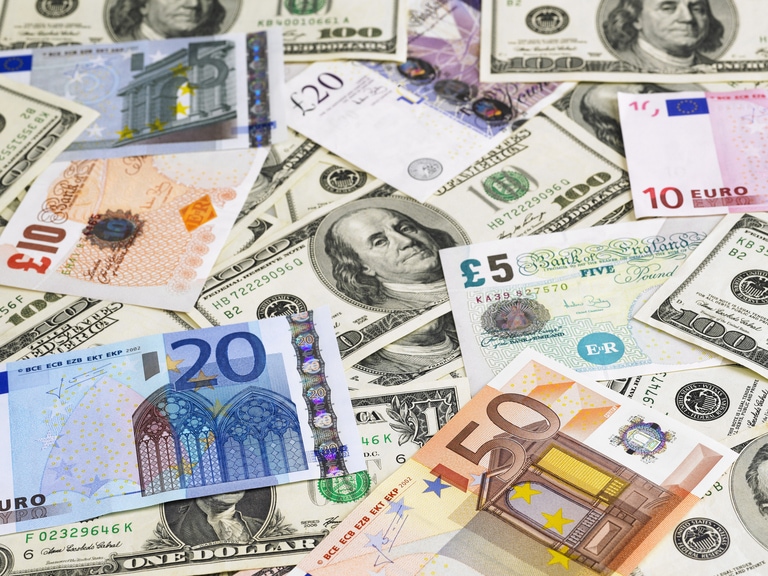European markets got off to a poor start to the week yesterday in the wake of last week’s announcement that Gazprom wouldn’t be reopening its Nord Stream 1 pipeline as was expected over the weekend.
Russia blamed the pipeline problems on EU sanctions for the sustained closure, and that unless these were lifted the closure was likely to remain permanent.
This shouldn’t have been a surprise to most people, given that it was widely expected that Putin would play this card at some point. Now that he has, Russia doesn’t really have anywhere else to go, and while natural gas prices did shott higher, they closed well off the highs of the day.
That doesn’t mean that the upcoming winter won’t be difficult, it will be but the focus now appears to be on trying to reduce energy usage, as well as diversifying to other fuel sources.
Yesterday also saw the confirmation of Liz Truss as the new UK Prime Minister as she heads to Balmoral and her audience with the Queen. Once that is done, the next focus will be on the fiscal response to protect consumers as well as businesses from the sharp rise in energy prices that is coming our way in October.
The pound managed to recover off its intraday lows yesterday in the aftermath of yesterday’s news, however the key test will be on how markets view the government's next steps when it comes to dealing with the current crisis. Opinion appears mixed on whether all of the bad news is currently priced in to the pound, however it does appear to have squeezed quite a bit higher after the lows of yesterday.
While some short-term borrowing is unavoidable given the current challenges, the main focus will be on what steps the government intends to take to keep energy prices down and deal with the UK’s longer term energy security.
Asia markets have undergone a mixed session, in the absence of US markets which were closed, with attention focussed on the RBA, who went ahead with another 50bps rate hike from the Australian central bank, the fourth meeting in a row that rates have been increased.
The bank went on to say that further rate rises would be needed in the months ahead, and that they remained committed to returning inflation to 2-3% over the medium term. The RBA said they expected inflation to peak at 7.75% this year and come down to around 4% in 2023.
With the return of US markets after their extended weekend break, we’ll get to see whether the latest ISM services index for August has continued to diverge from the S&P services index which deteriorated further to 44.2 in its recent flash PMI reading.
EUR/USD – we’ve seen a marginal new low at 0.9878 keeping up the pressure for a move towards 0.9620. In the absence of a move through the recent peaks at the 1.0120 area, the risk remains for lower levels as we head towards the 0.9000 area.
GBP/USD – remains under pressure, slipping below the 1.1500 area, coming within touching distance of the March 2020 lows at the 1.1410/15 area. A break below here opens up the 1.1000 area. For the moment there has been little evidence of a rebound, with resistance at the 1.1750/60 area.
EUR/GBP – continues to struggle around the 0.8680 area, with wider resistance at the June highs at 0.8720. Support remains back at the 0.8580 area.
USD/JPY – continues to look well supported while above the 139.40 area, and last week’s move above 140.00. This area now becomes support. This now opens the potential for a move towards 145.00, and the 1998 highs at 147.70.






